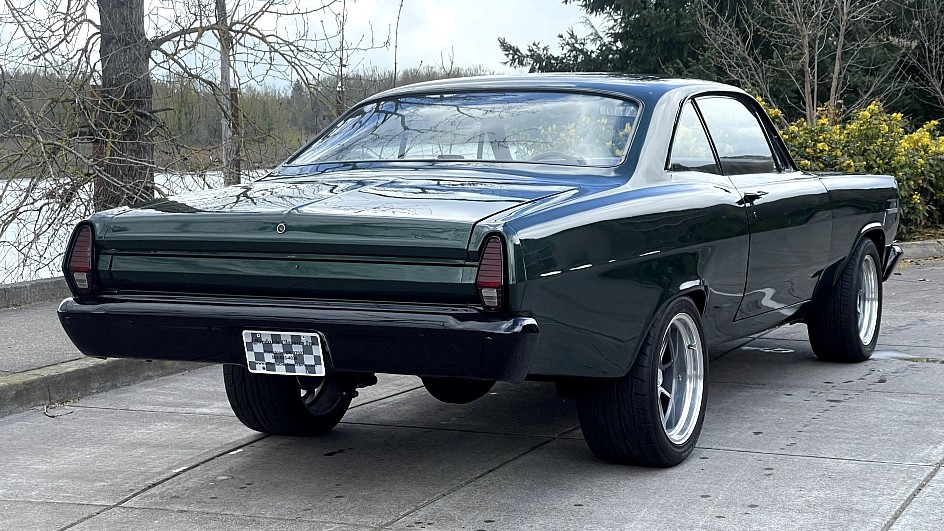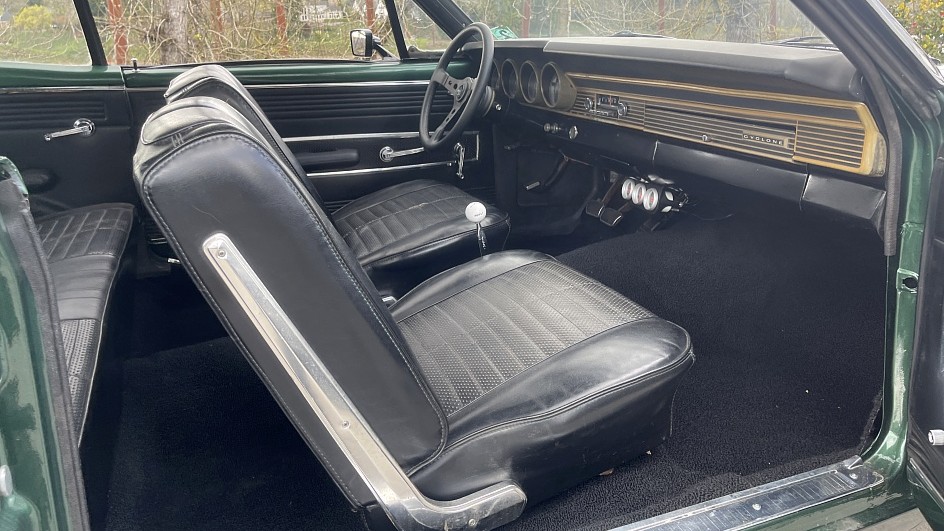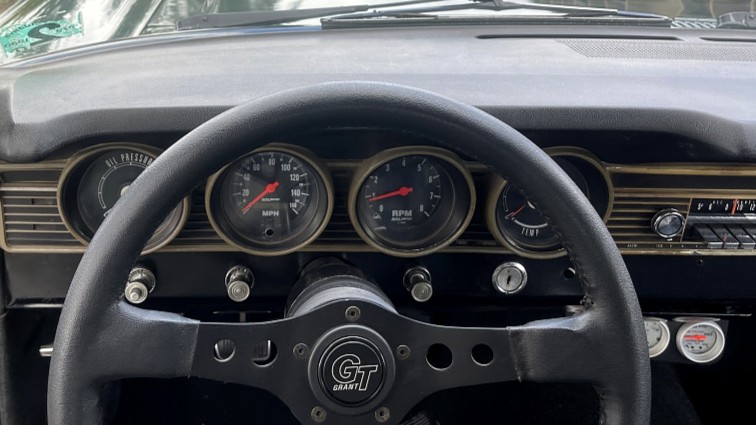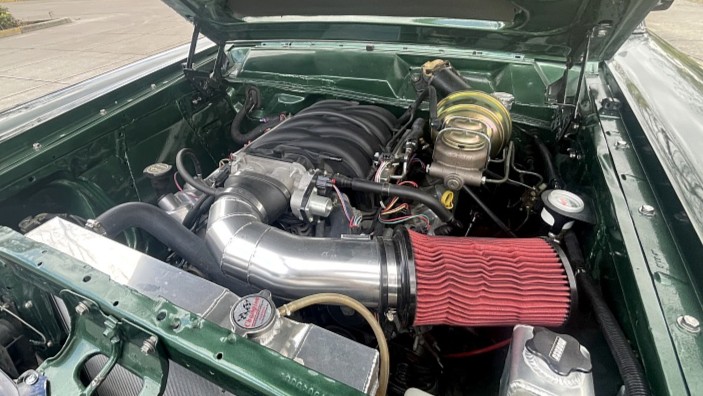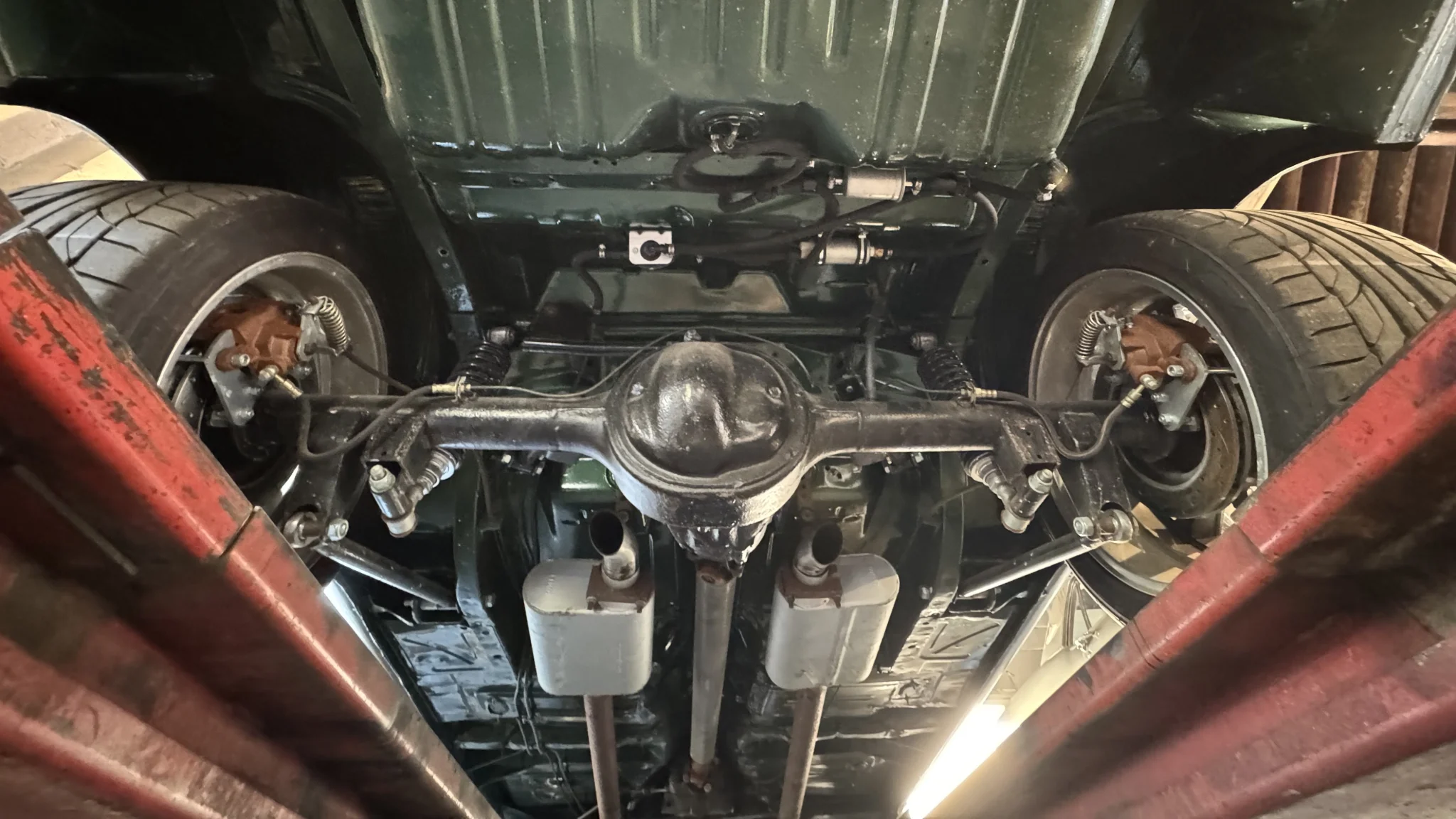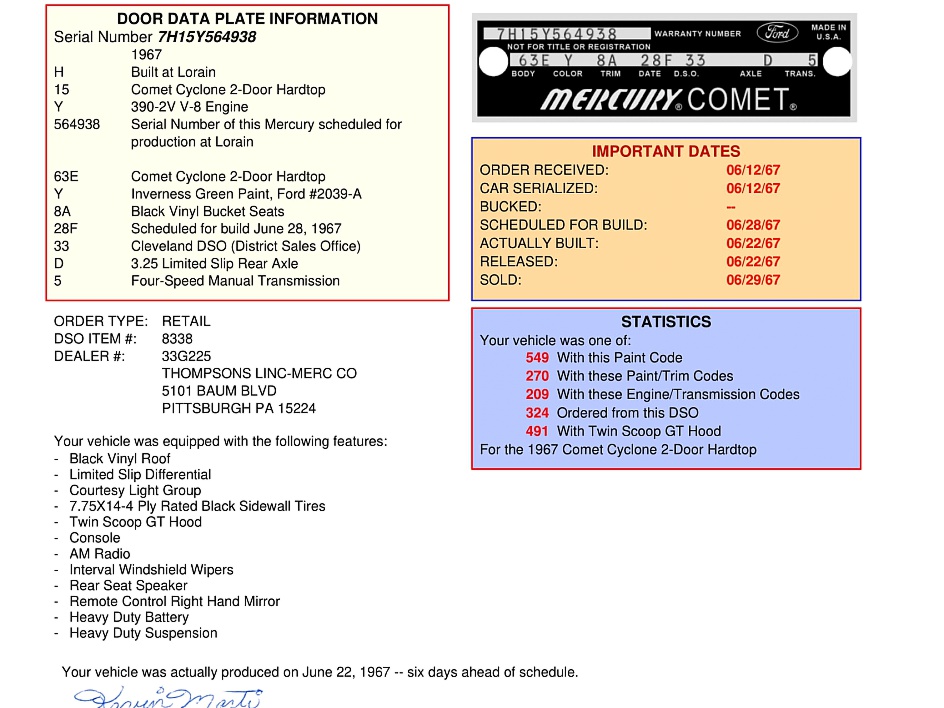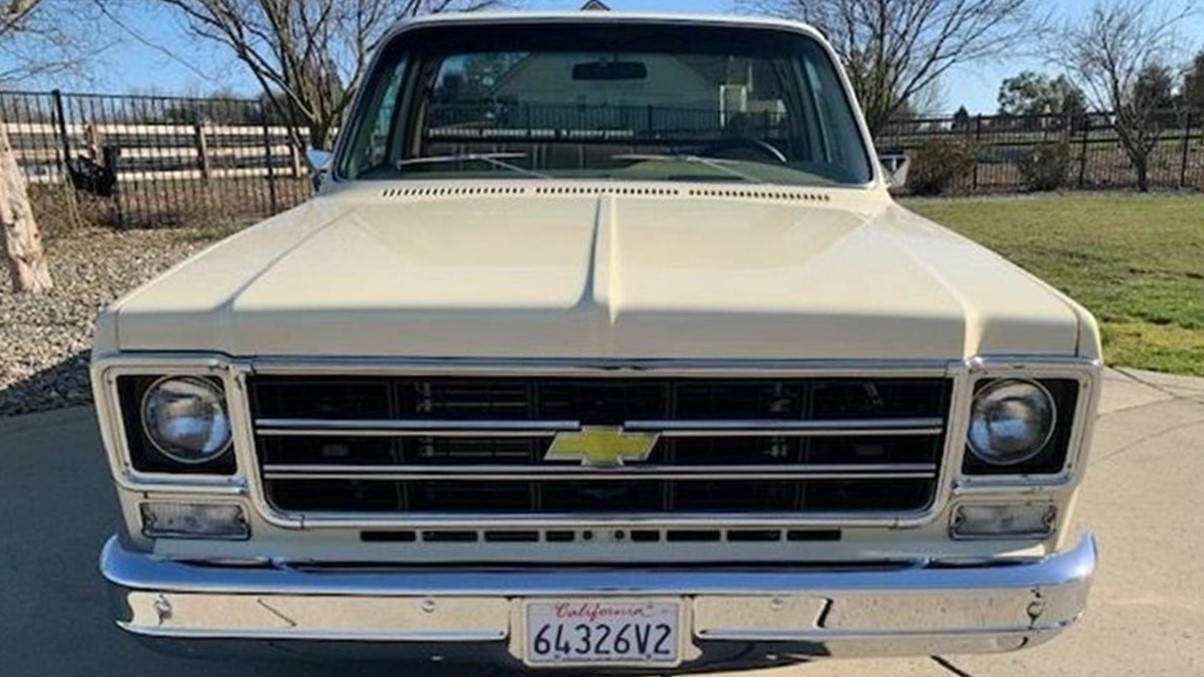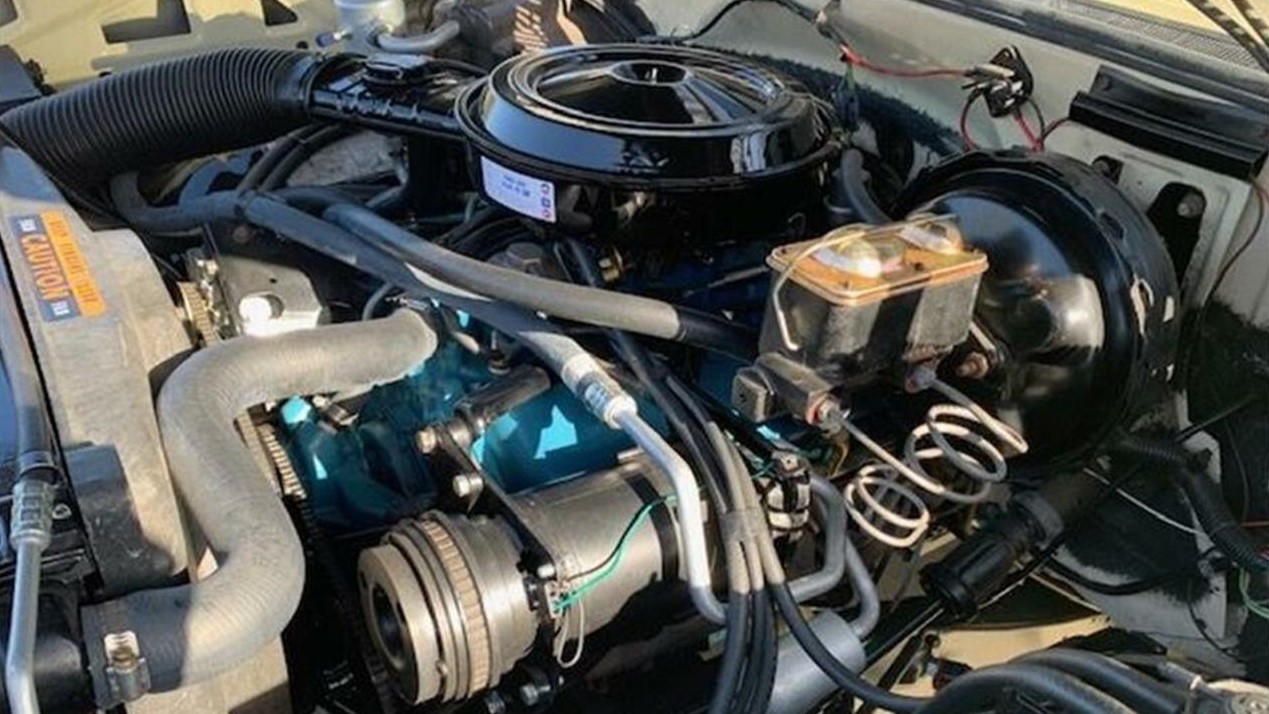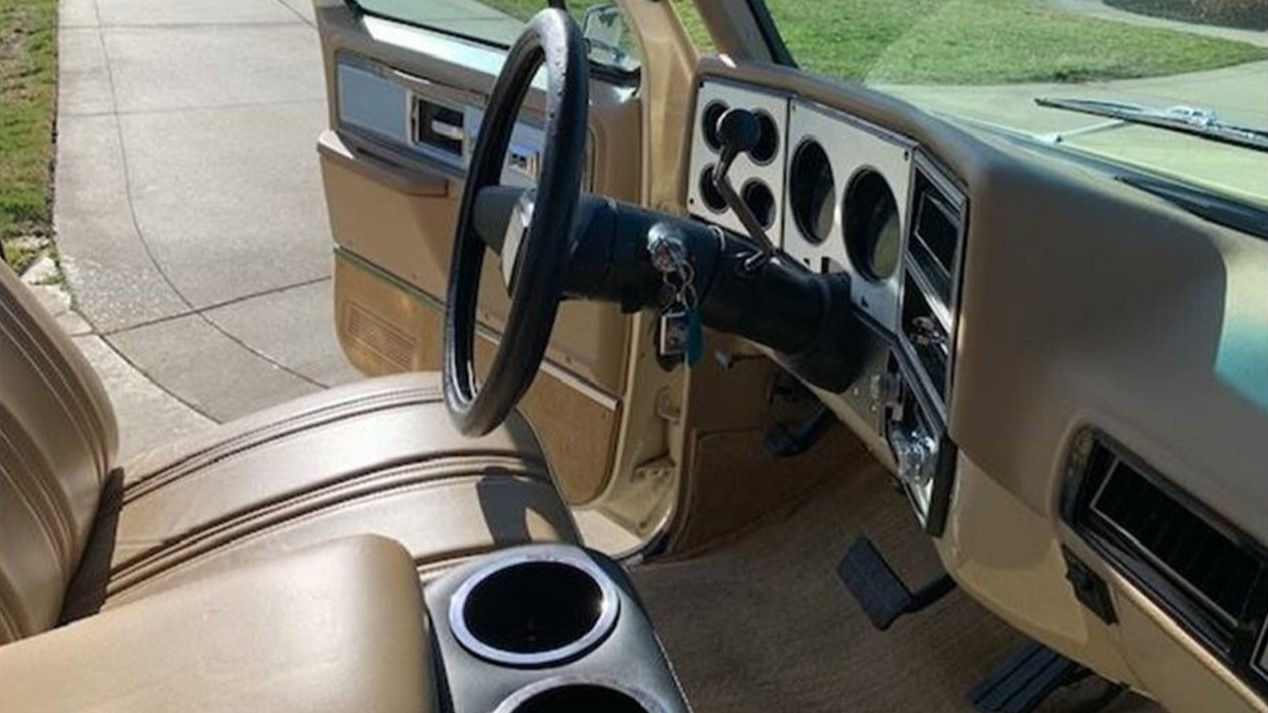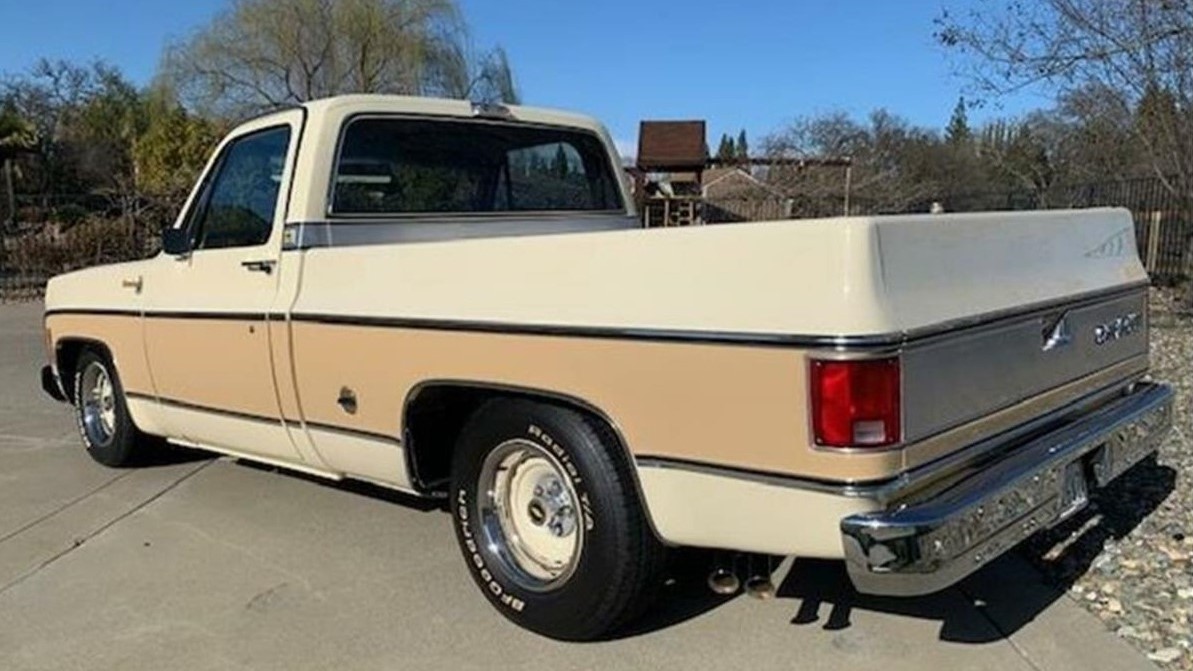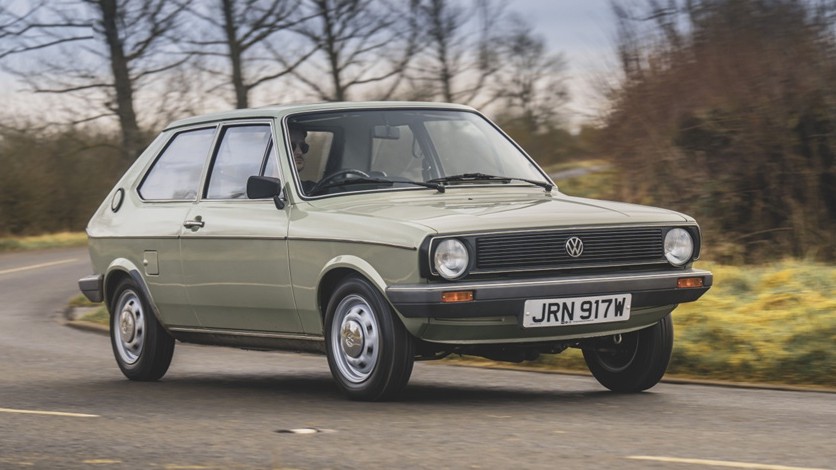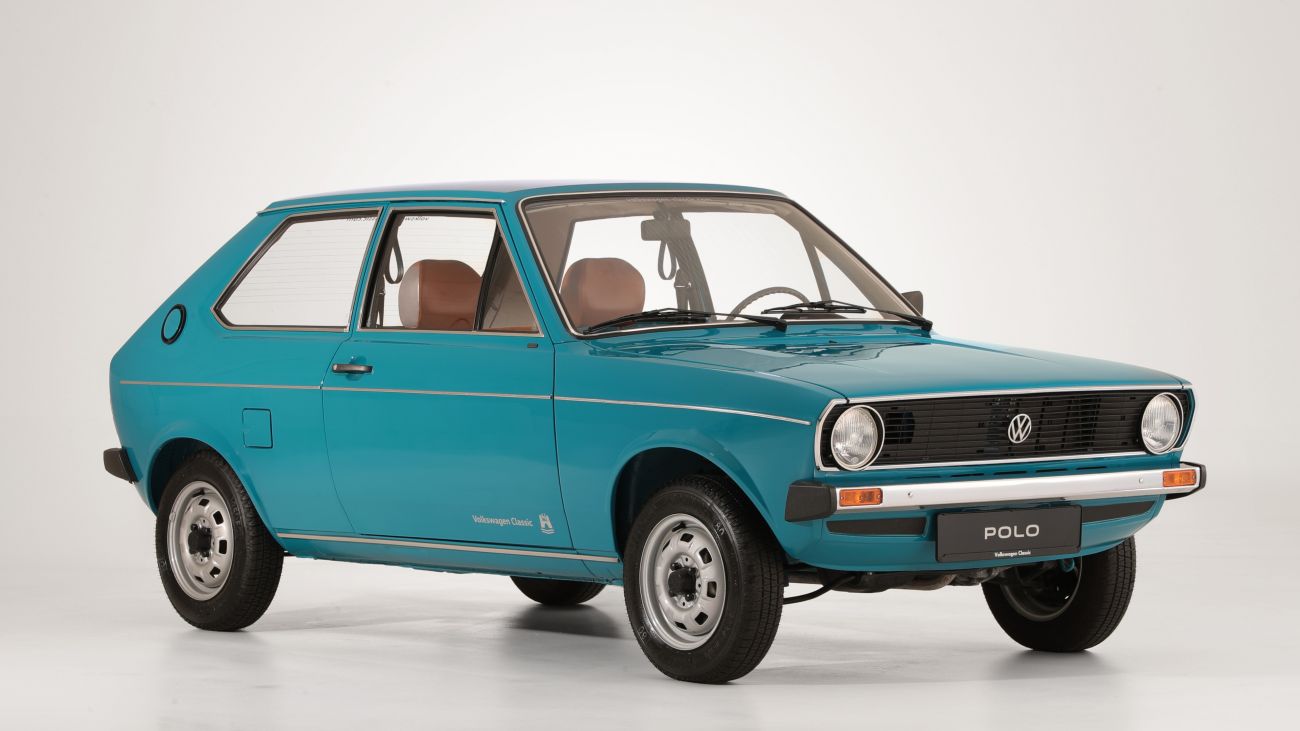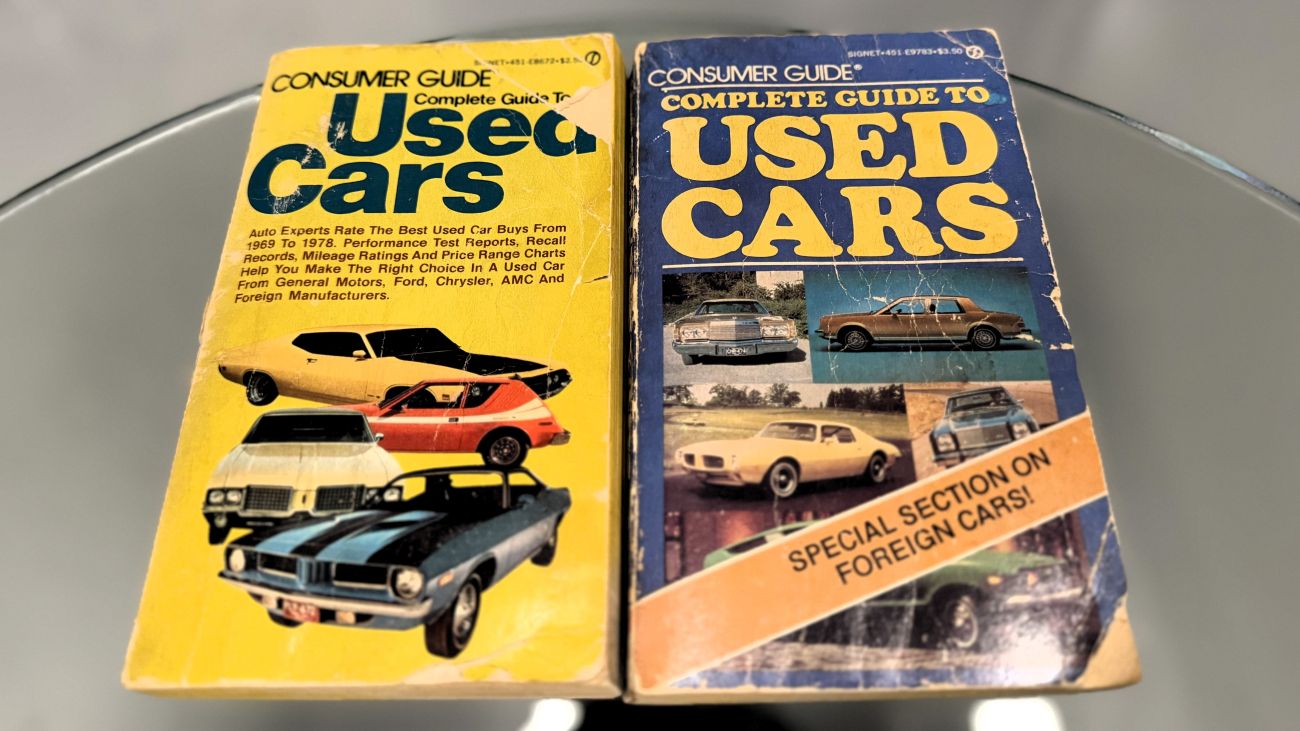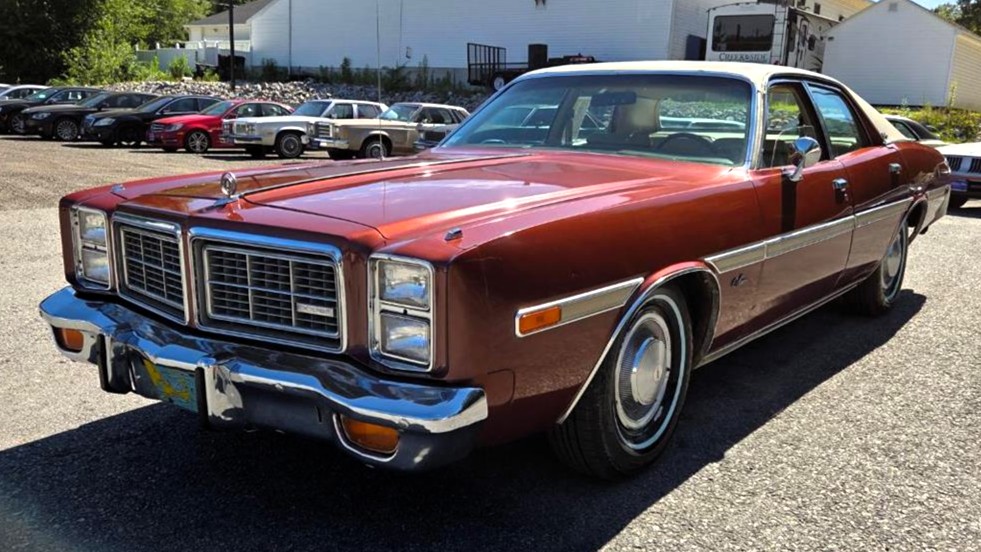This ’32 Ford roadster was built around 1960 and raced in the AA/Street Roadster class through 1966. The car was converted into a street rod at some point between the 1980s and 1990s, and in 2007 it was returned to the configuration in which it was raced. The tilting fiberglass body is mounted on a modified ’32 frame, and it is powered by a built 392ci Hemi V8 topped by a GM 6-71 supercharger. The engine is linked to a three-speed 727 TorqueFlite automatic transmission and a ’58 Oldsmobile axle with a limited-slip differential. It has coilovers, ladder bars, an anti-sway bar, and wheelie bars, along with a Simpson chute. The driver is provided with a roll cage, bucket seats, harnesses, and afternarket gauges. The car also has line lock, magnesium Torq Thrust wheels, Hurst Airheart front disc brakes, and more as described below. Acquired by the seller in 2007, this ’32 roadster is now offered with a clean Michigan title in the seller’s name listing the car as a 1932 Ford Roadster.

The car has a tilting fiberglass body that is mounted on a modified 1932 chassis. In 2007 it was returned to its 1960s racing configuration with a period-style AA/SR livery.

A vintage style roll bar/cage was added to the original mounting points on the 1932 frame. The body is coated with gray primer, and the car retains turn signals, a license plate light, headlights, tail lights, and a horn. The seller advises that the car could use an overall cleanup and touchup, and believes the car was painted five different shades at various times before the primer was applied.

The seller rebuilt the ’58 392ci Chrysler Hemi V8 in 2007. The block was bored and honed, and Bill Miller pistons and connecting rods were installed, along with a Crower roller camshaft and lifters. The heads were ported, and a Hot Heads high-volume oil pump was used, along with Clevite bearings. The engine is topped by a GM 6-71 supercharger with a Cragar magnesium intake and a 25%-overdrive blower drive. The seller advises that oil drips at the rear of the pan.

A Hilborn bug catcher scoop is mounted on the twin Holley 660 carburetors, which were modified by Gary Williams. The engine also has dual remote oil filters, a finned aluminum oil pan, Mickey Thompson valve covers, and a Joe Hunt magneto.

The American Racing magnesium Torq Thrust wheels measure 15×4″ up front and 15×10″ in the rear. The seller notes the tires hold air but are older and require replacement.

The front end utilizes a ’37 Ford tube axle, a transverse leaf spring, and Ford Pickup shocks. Hurst Airheart disc brakes with line lock were also fitted.

The fiberglass bucket seats have red covers and Simpson harnesses.

A combination of Stewart-Warner and Eelco gauges were fitted in the dashboard. The seller has driven the car ~150 of the under 5,200 miles indicated. The Sun tachometer and Stewart-Warner speedometer do not work.

The DRAGFAST collectors are linked to 3″ stainless-steel pipes and Flowmaster mufflers for street use. For racing, the 2 1/8″ primary pipes dump into 5″ collectors.

The three-speed 727 TorqueFlite automatic transmission is linked to a ’58 Oldsmobile axle with a 4.30:1 limited-slip differential. It has a B&M shifter with a reverse pattern and a high-stall torque converter. Ladder bars, adjustable coilovers, an anti-sway bar, and wheelie bars were also fitted.

The seller tells us they raced the car at Knoxville Dragway in 2008, achieving a 100-mph pass to confirm deployment of the Simpson chute. The car has since been used for display and primarily stored.

A seller-provided history is displayed in the gallery.

The car is titled as a 1932 Ford Roadster using VIN N40620.

